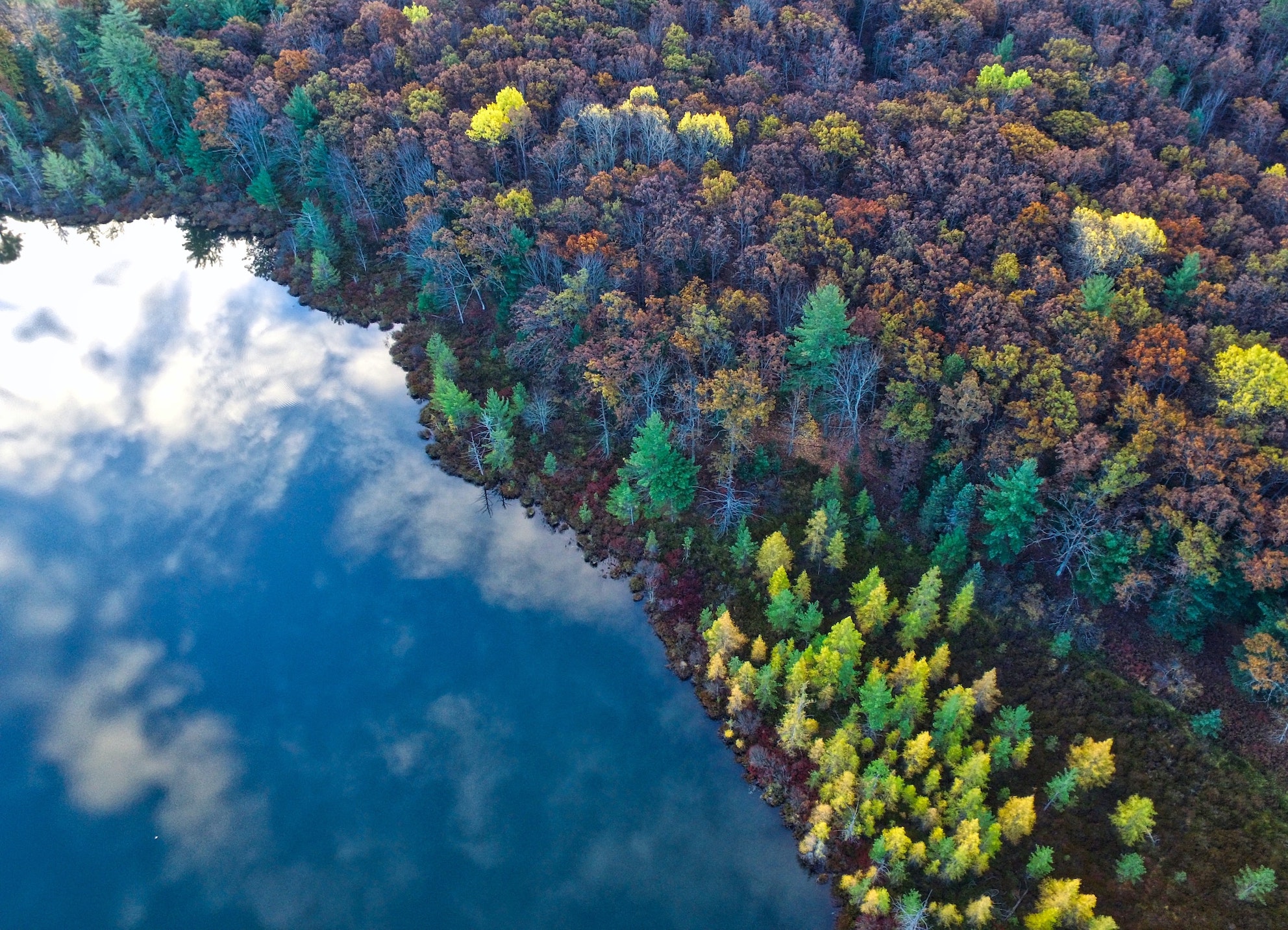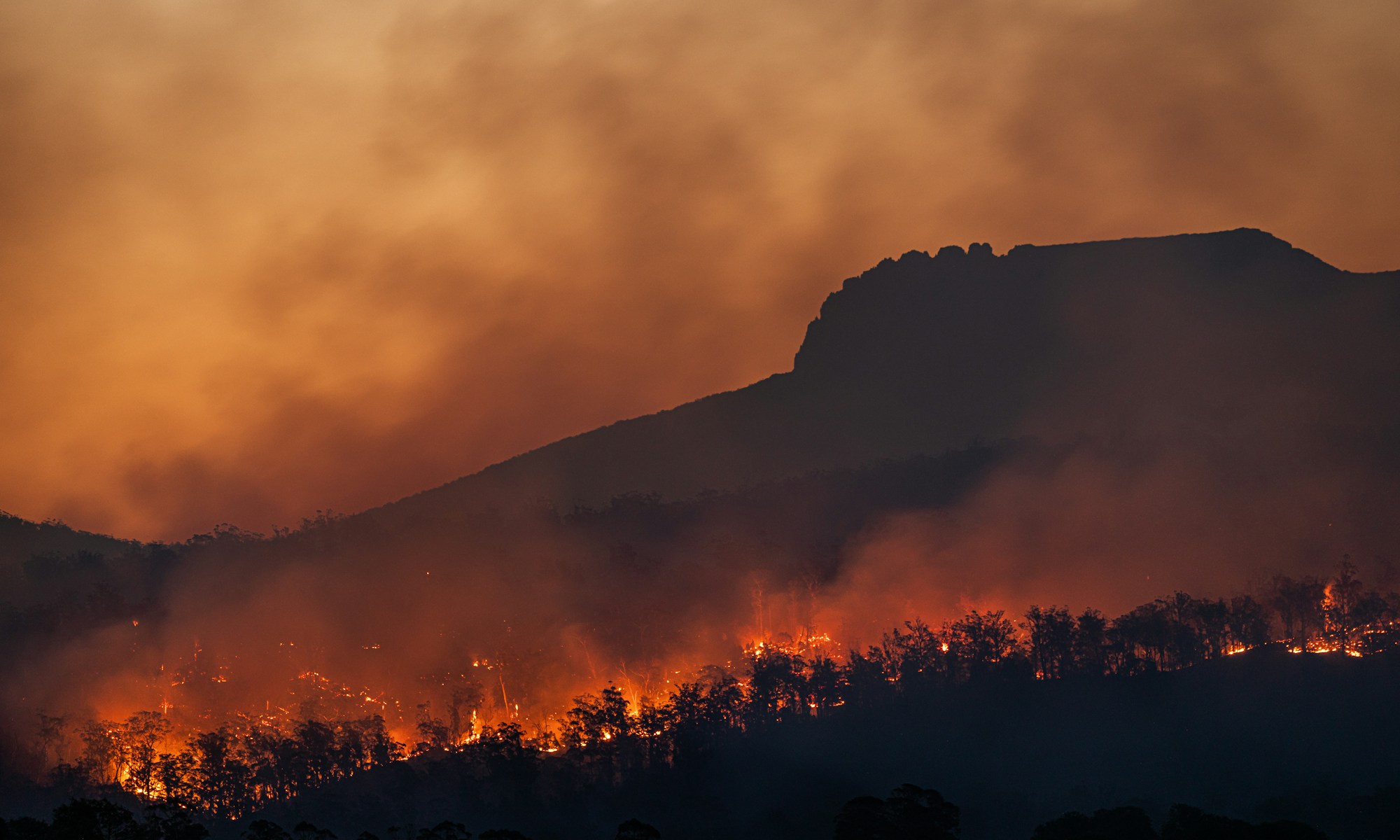26 October 2021 – by Deniz Saygi
The Paraná River – which winds through southeastern Brazil, Paraguay, southeastern Uruguay, and northern Argentina – is at its lowest level since 1944 and has been experiencing severe drought since 2019. In comparison with the other countries, Paraguay suffers the most because of this unfortunate situation since the country is landlocked and mostly relies on its rivers concerning its many social, environmental, and commercial services. As a consequence, a state of emergency on the Paraná River has been declared by the government. Moreover, the CAF-Development Bank of Latin America listed Paraguay as the most vulnerable country to climate emergency amongst the South American countries. If the necessary precautions are not taken, the increase in the level of drought will bring uncontrollable difficulties in the economies of South American countries, which have local development models to a large extent, and will cause extreme losses, especially in regions regarding rich biodiversity hotspots such as the Amazons.
Juan Carlos Muñoz, director of Paraguay’s National Shipping and Ports Administration Body (ANNP) states that the drought has affected the economy tremendously. Mr Muñoz also declares that the shipping sector regarding river transport has faced a great loss of revenue (nearly $100 million). Furthermore, there is a record of enormous deforestation mainly caused by both state-propelled soybean and cattle ranching booms. These sectors are currently having struggles for exporting their products by river transport due to the drought levels of the Paraná River.
Roger Monte Domecq, a hydrology professor at the National University of Asunción, underlines the increasing evidence that proves the droughts all across the region are caused by human-driven factors. Domecq also said it is a necessity that more studies are needed to be conducted in order to determine the specific impacts of global warming, high levels of deforestation and land-use transformation observed across the region – particularly in the Amazon area where the water cycle feeds precipitation within the Paraná Basin is being disrupted. According to Domecq, there are no significant rain periods that will be coming next few months. ”There is no end to the drought sight. The weather phenomenon known as La Niña – which brings dry weather to the Paraná Basin – is looming,” he said.




